Jane Street vs SEBI: SAT Appeal, Legal Showdown & What to Watch Next
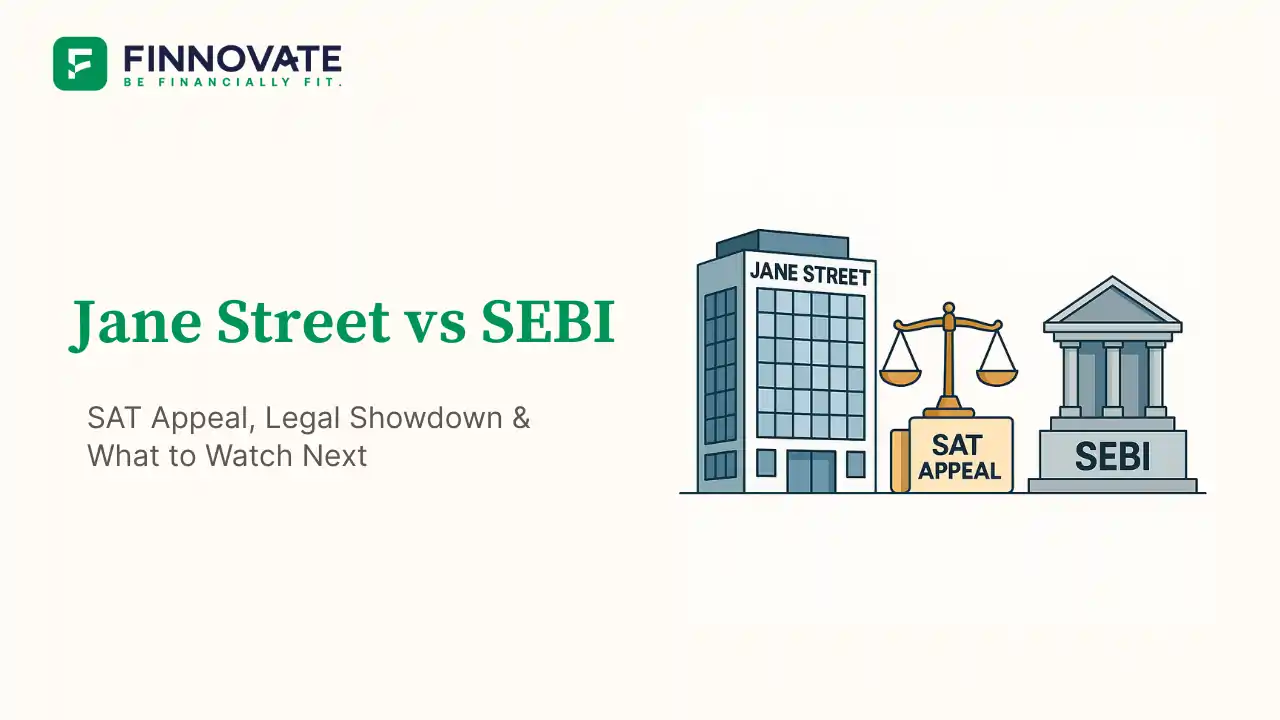
By

The gloves are off in one of India’s most high-profile trading disputes. Jane Street, the algorithmic trading giant, is now gearing up to fight back after SEBI barred it from the Indian F&O markets. The case has moved beyond headlines into courtrooms - and what comes next could shape the future of prop trading in India.
If you missed our previous explainer on this saga, here’s the gist:
Read the full backstory here →
Jane Street is now fighting back.
The firm has approached the Securities Appellate Tribunal (SAT), challenging SEBI’s ban and seeking relief. If the SAT ruling doesn’t go in its favor, Jane Street plans to escalate the matter to the Indian judiciary.
Why it matters: This legal response sets the stage for a precedent-setting battle between a global prop trading powerhouse and India’s top market regulator.
Even though the trading volumes and expiry-day index impact are documented, SEBI’s biggest challenge now is to prove intent.
Jane Street can argue:
In short: Trading big isn’t illegal. Manipulating with intent is. That’s a hard line to draw with prop desks like Jane Street.
Where SEBI might gain legal ground is the issue of prior warnings. According to SEBI, Jane Street was warned about its trading behavior but allegedly continued its strategies unabated. If documentation of these warnings and non-compliance holds up in court, it could tilt the case in SEBI’s favor.
Jane Street, however, claims it engaged with SEBI in good faith and had no clarity that its actions would lead to a trading ban.
Since Jane Street's ban, Indian F&O volumes have already started to dip.
This presents a dilemma for SEBI:
A market without prop trading firms risks becoming shallow, especially during key expiry days.
The Jane Street case is no longer just about one firm’s trading behavior. It’s about setting ground rules for the future of algo-driven, high-volume trading in India.
The courts now hold the gavel. SEBI holds the burden of proof. And Jane Street holds its ground.
Our expert advisors help you understand regulatory changes and how they affect your investment decisions. Book a free 15-min consultation today.
Book a CallDisclaimer: This article is for informational purposes only and does not constitute legal or investment advice. Please consult a qualified professional before making financial decisions.

Learn how to easily download your NSDL CAS Statement in PDF format with our step-by-step guide. Follow our instructions to log in to NSDL e-Services, download your account statement, and subscribe for
Read Full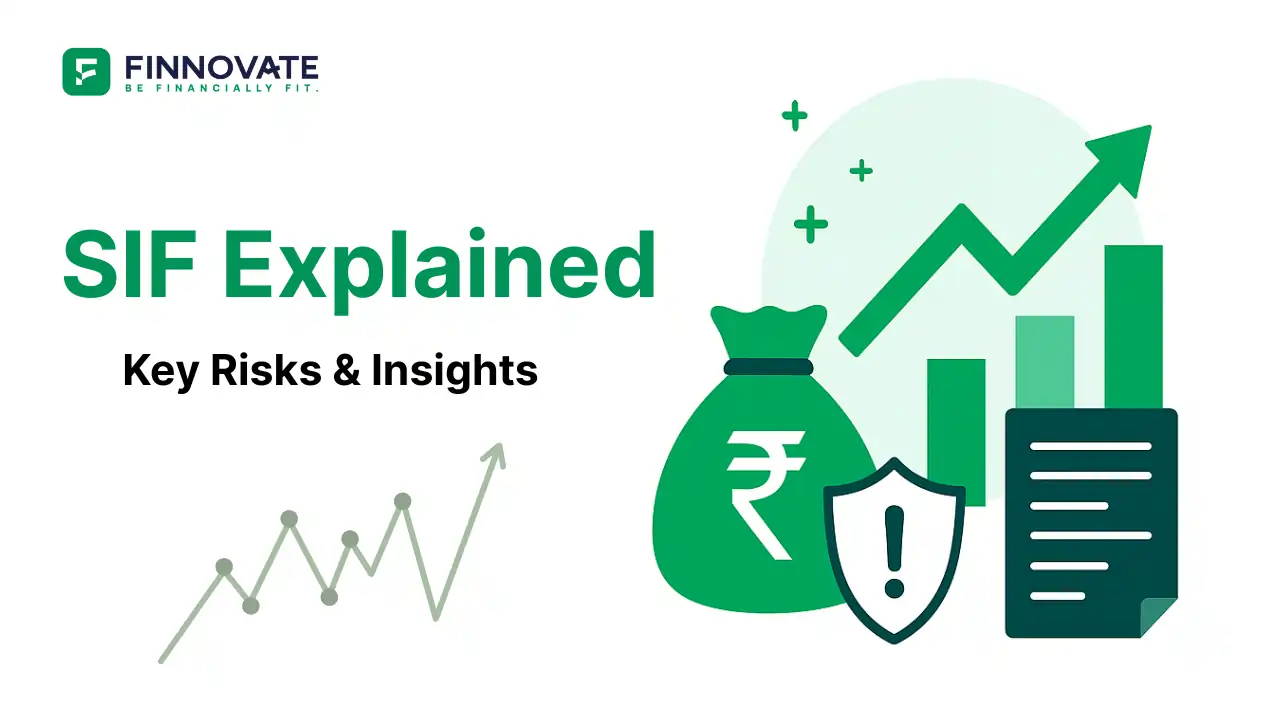
Explore what Specialised Investment Funds (SIFs) are, their benefits, taxation, minimum investment, how to invest, how they compare with mutual funds and PMS and latest developments in SIF space
Read Full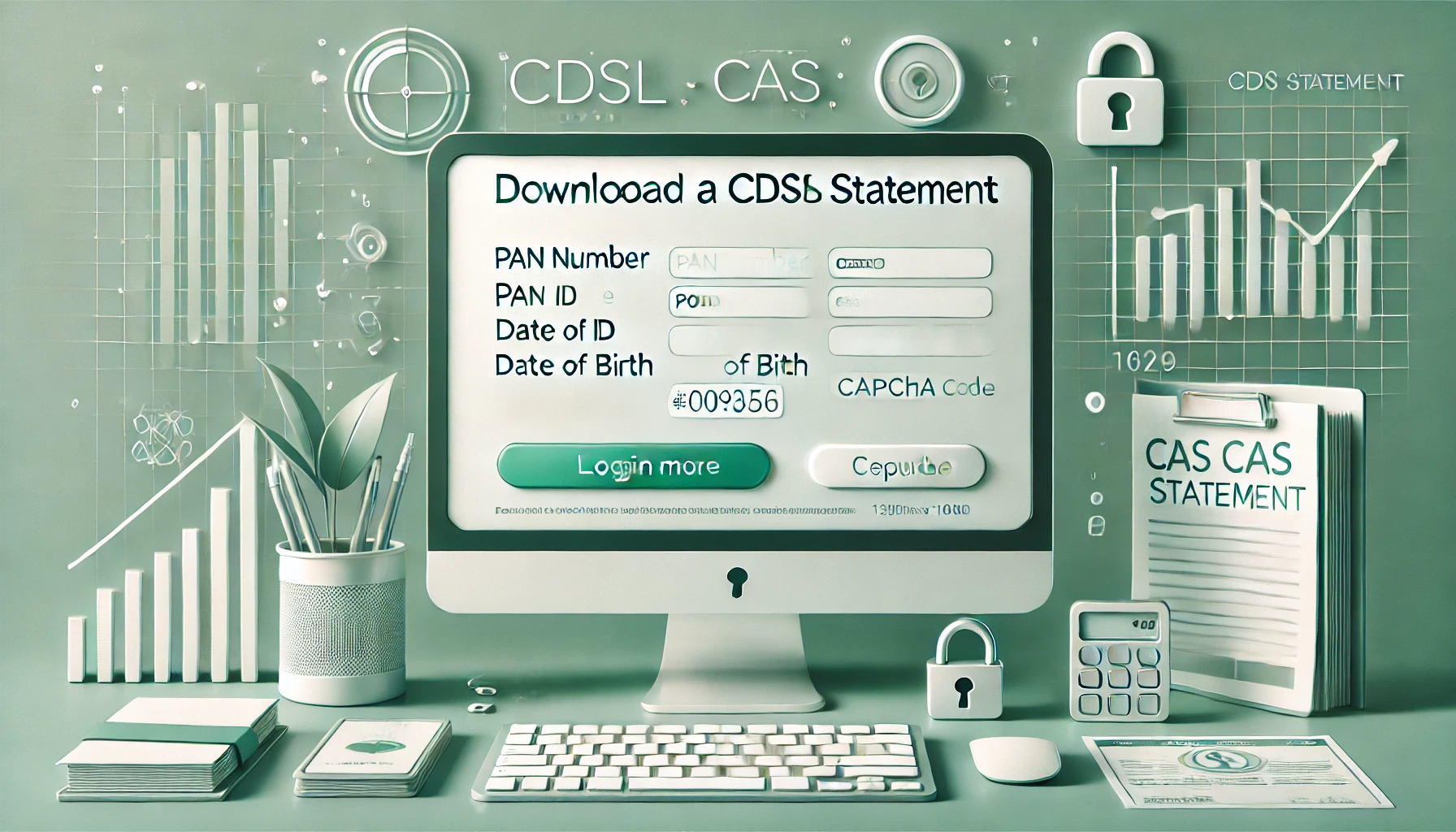
Learn How to Download Your CDSL CAS Statement with our step-by-step guide. Easy instructions for accessing your investment details online.
Read Full
Analyzing the potential economic impact of the 2025 India-Pakistan conflict on India's GDP growth, manufacturing sector, and foreign investment.
Read Full
Looking for the best financial freedom books? Here’s a handpicked 2025 reading list with summaries, why to read, and who it's best for.
Read Full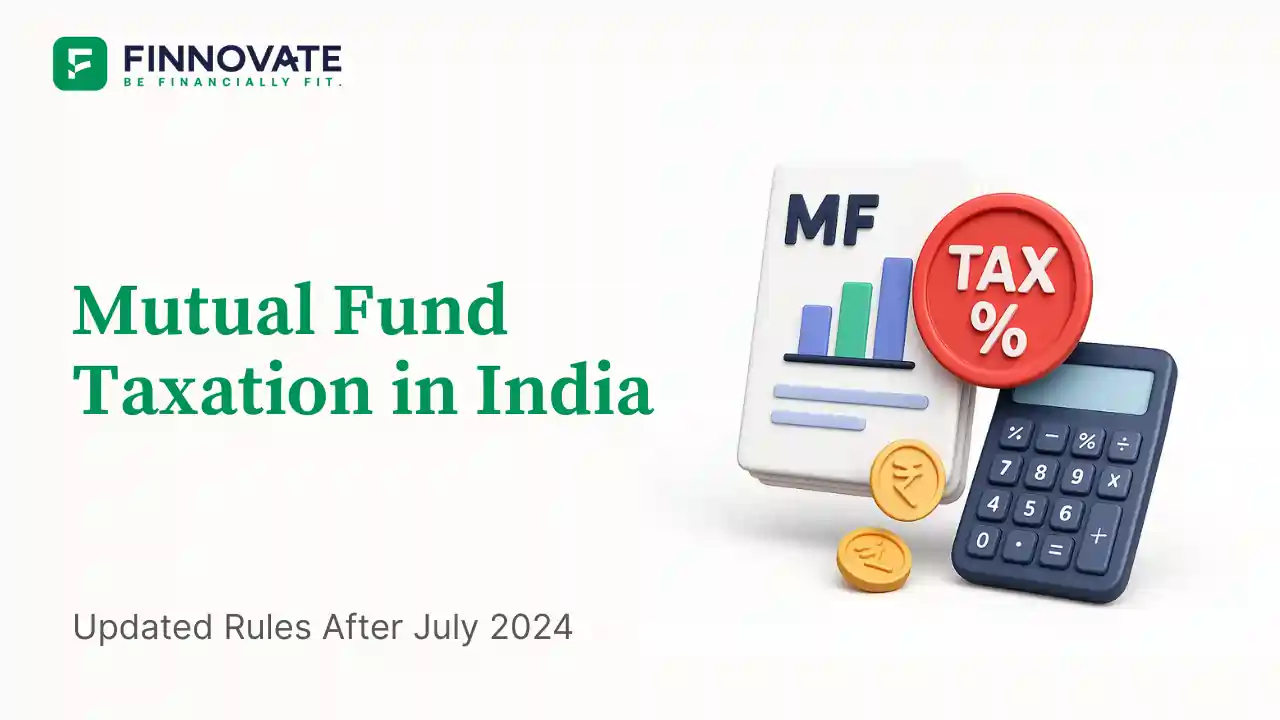
Clear guide to mutual fund taxation in India for FY 2025–26 after July 2024 changes: equity STCG 20%, LTCG 12.5% with ₹1.25L exemption, debt/hybrid rules, dividends, examples, tables, and FAQs.
Read Full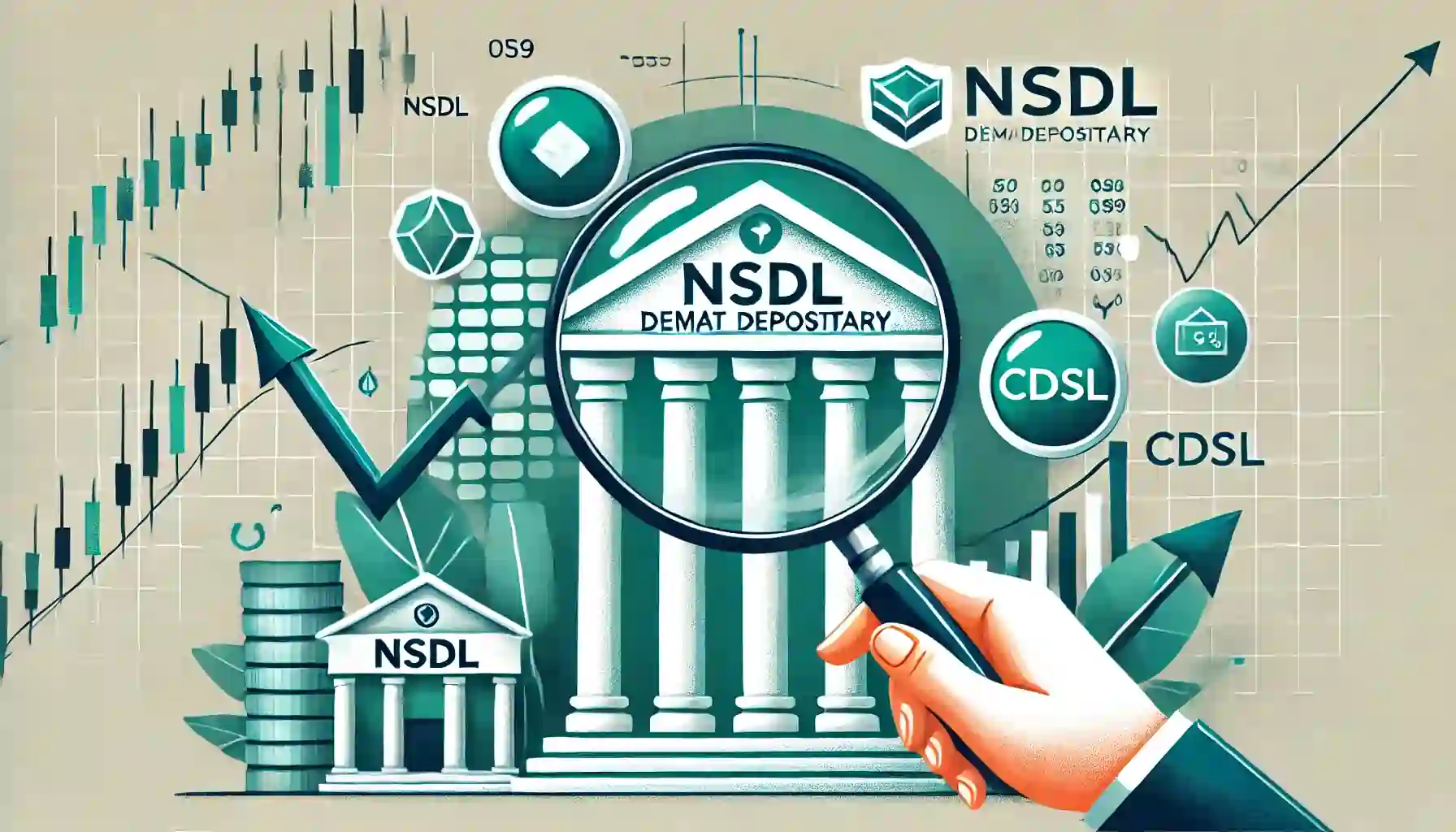
Determine if your Demat Depositary (DP) is NSDL or CDSL easily. Follow our guide to check using broking platforms or Demat account number formats
Read Full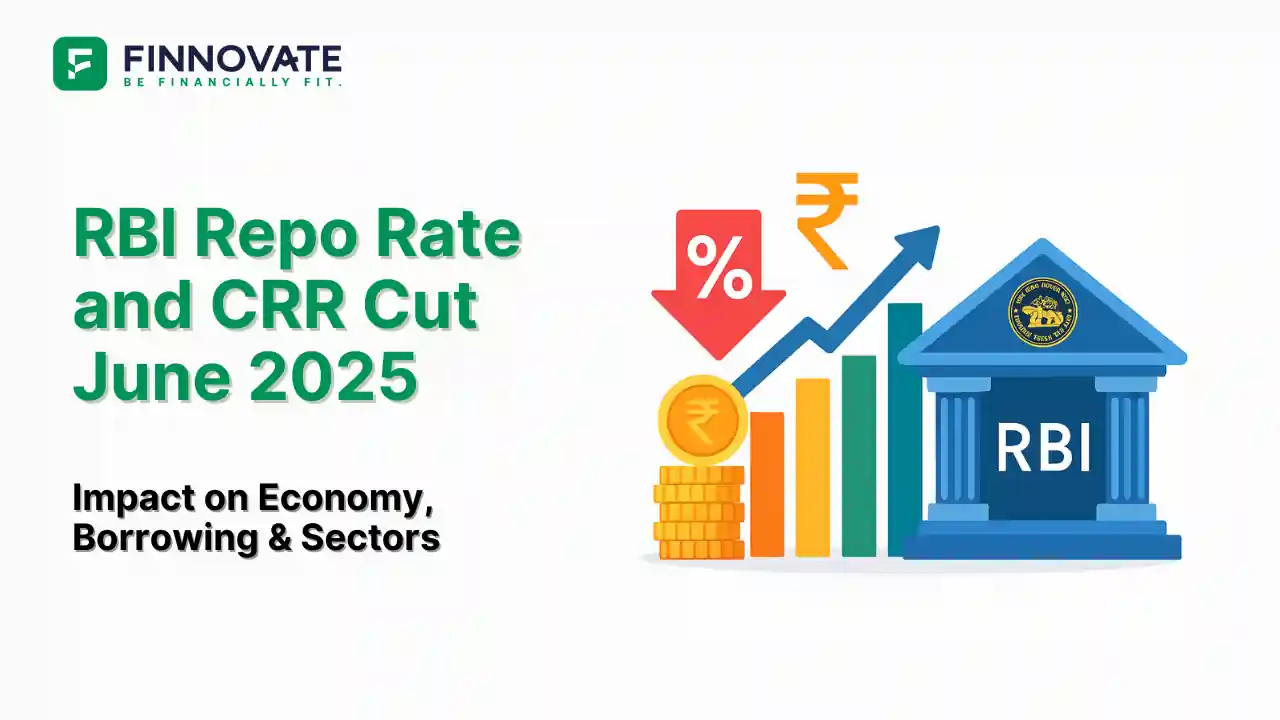
RBI cuts repo rate by 50 bps and CRR by 100 bps in June 2025 to boost growth. Learn how it impacts inflation, borrowing, sectors, and market trends.
Read Full